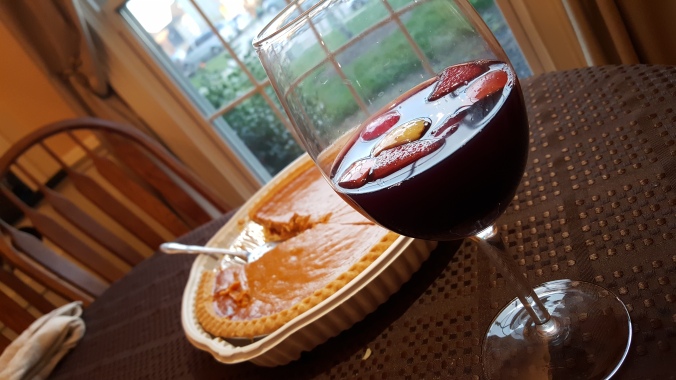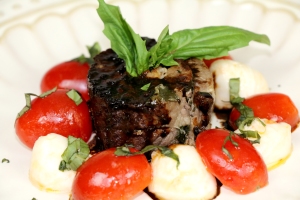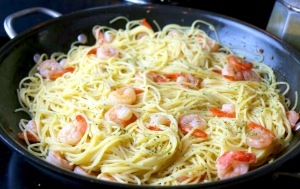
The Tonnino family has always cultivated its land with passion for the traditions, deep respect for the territory and attention to technological innovation. Nestled in a landscape of rare beauty, at an altitude between 200 and 450 meters above sea level, the Tonnino Estates benefit naturally from the unique features of the local environment which determine the qualitative excellence of a wine. The micro-climate is marked by the perfect balance between the light, the presence of appropriated temperatures for the ideal ripening of grapes, and the day-night temperature difference of more than 15 degrees C which provides the preservation of grapes’ wealth of aromas. The estates cover more than 150 hectares in a terroir, which includes as principal characteristics an excellent fertility and a natural quantity of carbonates and micro-elements helpful for the grapes. All these factors and the influence of the Belice River that crosses the estates, create an ideal habitat for wine cultivation. Research and experimentation both in the vineyard and in the wine cellar are the expression of a trend aiming at excellent quality which manifests itself in the products. The presence and interaction of various environmental, genetics and human resources are all bound together by a single approach: love and passion for preservation of the environment. The winery exports red and white wines all over the world, in countries such as Japan, United States, China, United Kingdom, and in the North and East Europe.

The history of Tonnino Winery began in the early 1950s, when grandfather Paolo started an entrepreneurial business based on the production of most grapes destined to wine firms in Sicily. At the beginning of the 1990s Antonio, Paolo’s nephew, concluded his agro-technical studies and decided to support his grandfather in the winery activities. In that period, Tonnino started the diversification of the vineyards by planting international grape varieties and by reorganizing the equipment system. Benefiting from his grandfather’s enormous experience, rewarded by the City of Alcamo as the best farmer of the area, Antonio reorganized the whole productive structure, from the vineyards to the bottling, investing considerable resources in the quality consolidation of production in order to satisfy the requests of a more demanding global market.

Growing vines does not coincide with only thinking about the mere productivity and efficiency of the winery, but safeguarding the environment by respecting its cyclical times, preserving the Tonnino family traditions, and to exalt the work of winegrowers who, for centuries, obtain excellent wines from the Sicilian soil.












